Tokyo, Japan
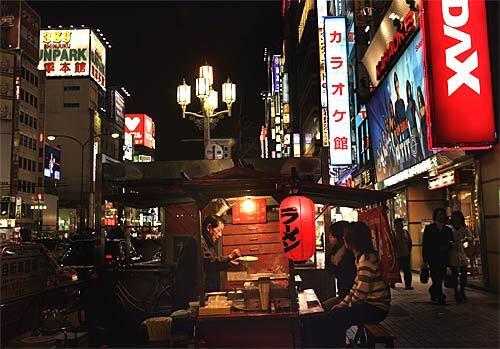
A couple stops for noodles at midnight in lively Shinjuku, one of the 23 wards of the metropolis of Tokyo and the home of a large entertainment, shopping and business area around bustling Shinjuku Station, a rail hub. Whether in Tokyo, Kyoto or points in between, food is an obsession here. Everywhere you look, there are sushi bars, soba stands, yakitori bars, French pastry shops, tofu specialists, shabu-shabu joints. (Beatrice de Gea / LAT)
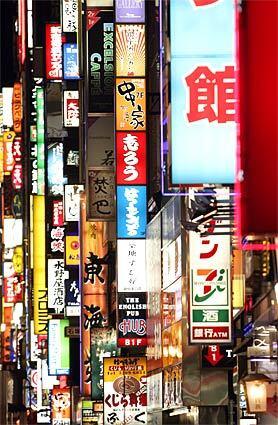
Store signs light up the night in Shinjuku, testifying to its array of entertainment and commercial outlets. The area also has something of an international flavor: Of its about 300,000 residents, 10% are from foreign countries, with more than 100 nations represented. (Beatrice de Gea / LAT)
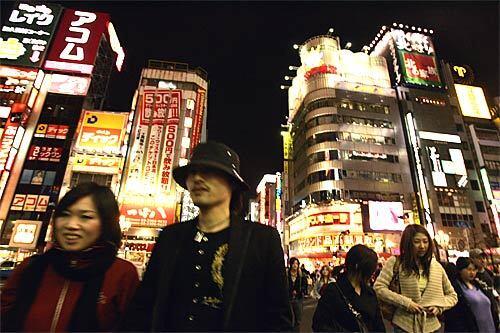
Under lighted storefronts, throngs move through the streets of Shinjuku, accessible by rail and subway lines that converge at Shinjuku Station, which handles millions of passengers a day. (Beatrice de Gea / LAT)
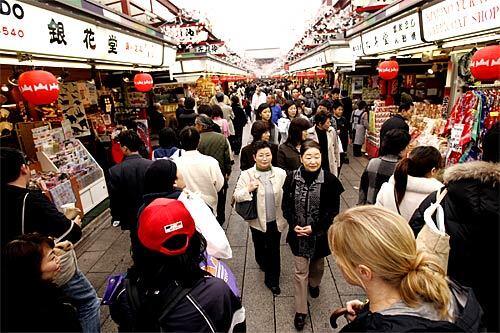
Its one of Japans oldest shopping area - said by some sources to have originated between 1688 and 1735 - and Tokyos Nakamise still packs em in. It was developed near the Sensoji Buddhist temple, also called the Asakusa Kannon, which dates to the 7th century. This street leads to the temples Hozomon gate. (Beatrice de Gea / LAT)
Advertisement
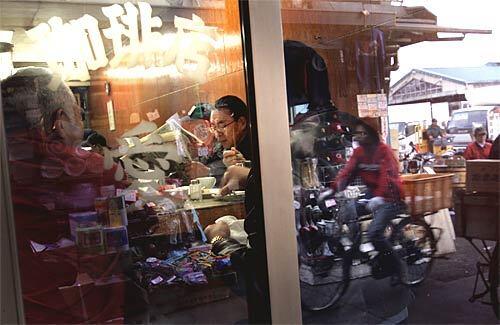
A sushi restaurant does brisk business near Tokyos Tsukiji Market, through which 2,000 tons of seafood products move every day, six days a week. Its the best place to visit if you want to understand why a Japanese sushi restaurant is a travel destination unto itself. Tsukijis tuna auction, for example, draws fishermen from around the world. At the market, they can fetch the highest price, and at dawn, the auction is in full swing. (Beatrice de Gea / LAT)
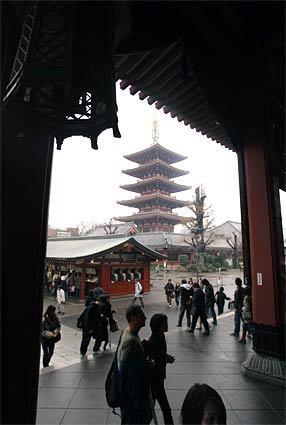
Sensoji temples five-story pagoda and a main hall that was originally built in the 17th century, bombed during World War II and rebuilt in the 1950s. (Beatrice de Gea / LAT)
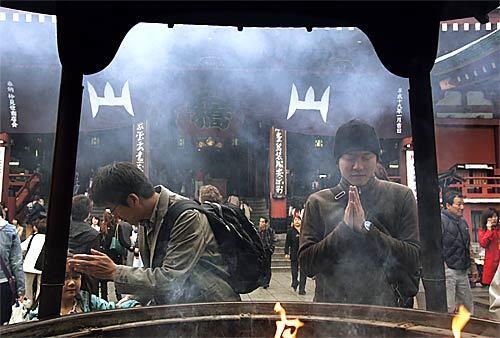
In a cleansing ritual, visitors and worshipers wave smoke around their heads before entering Sensoji, which was built for Kannon, the goddess of mercy. (Beatrice de Gea / LAT)



